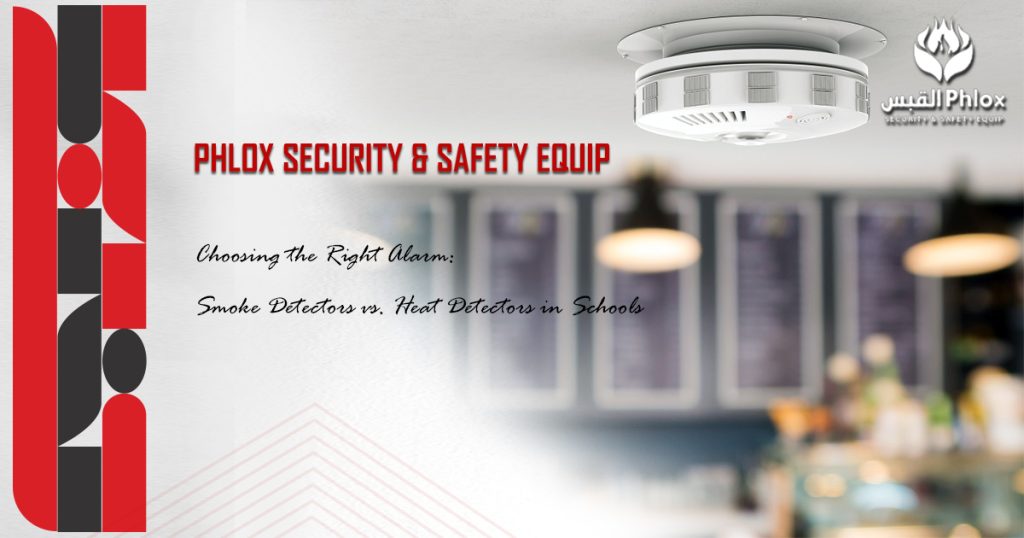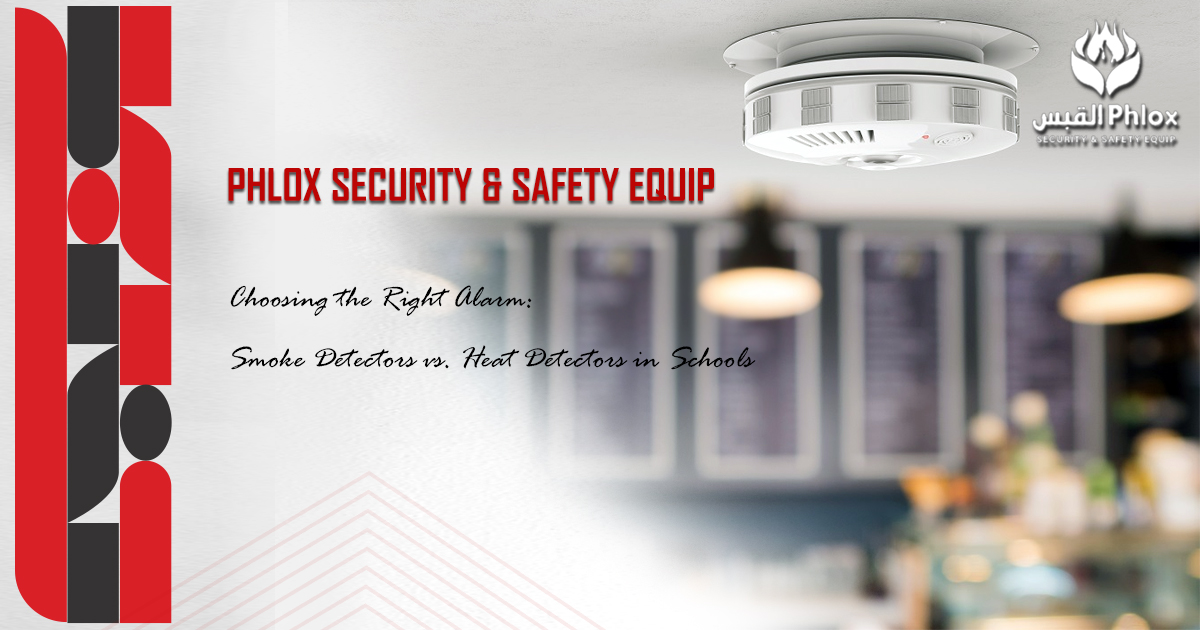
Choosing the Right Alarm: Smoke Detectors vs. Heat Detectors in Schools
When it comes to fire safety in schools, choosing the right detection system is crucial. Smoke detectors and heat detectors serve as the first line of defense against potential fire incidents. In this blog, we’ll explore the benefits and considerations of both, helping you make an informed decision for your school’s safety protocol.
Smoke Detectors: Early Warning System
Smoke detectors are perhaps the most common fire detection devices. They operate by sensing particles in the air and triggering an alarm when smoke levels reach a certain threshold. In schools, where there may be a diverse range of materials and potential ignition sources, smoke detectors offer early detection, providing valuable seconds for evacuation. They are particularly effective in identifying smoldering fires before they escalate into flames.
Heat Detectors: Robust and Reliable
Heat detectors, on the other hand, respond to changes in temperature, sounding an alarm when a specific threshold is exceeded. These detectors are ideal for environments where smoke may be a regular occurrence, such as in kitchens or workshops. In schools, they are best suited for areas where the presence of smoke from non-fire sources is likely. Heat detectors are robust, reliable, and less prone to false alarms, making them a valuable addition to a comprehensive fire safety system.
A Hybrid Approach: Finding the Balance
Rather than an “either-or” scenario, a hybrid approach that combines both smoke and heat detector can offer an optimal solution. By strategically placing detectors based on the specific characteristics of different areas within the school, you create a comprehensive fire detection network. This ensures that each type of detector plays to its strengths, maximizing the effectiveness of the overall system.
Consider the Environment
The choice between smoke and heat detector should be based on a careful assessment of the school’s unique environment. Consider factors such as the presence of smoke-producing activities, the layout of the building, and the types of materials used. Tailoring the detection system to the specific needs of the school ensures a reliable and efficient fire safety protocol.
Ultimately, the decision between smoke and heat detectors in schools should be a thoughtful one, taking into account the specific characteristics of the environment. While both serve as critical components of fire safety, a balanced approach that incorporates the strengths of each type of detector provides the highest level of protection for students, staff, and the school community as a whole.




